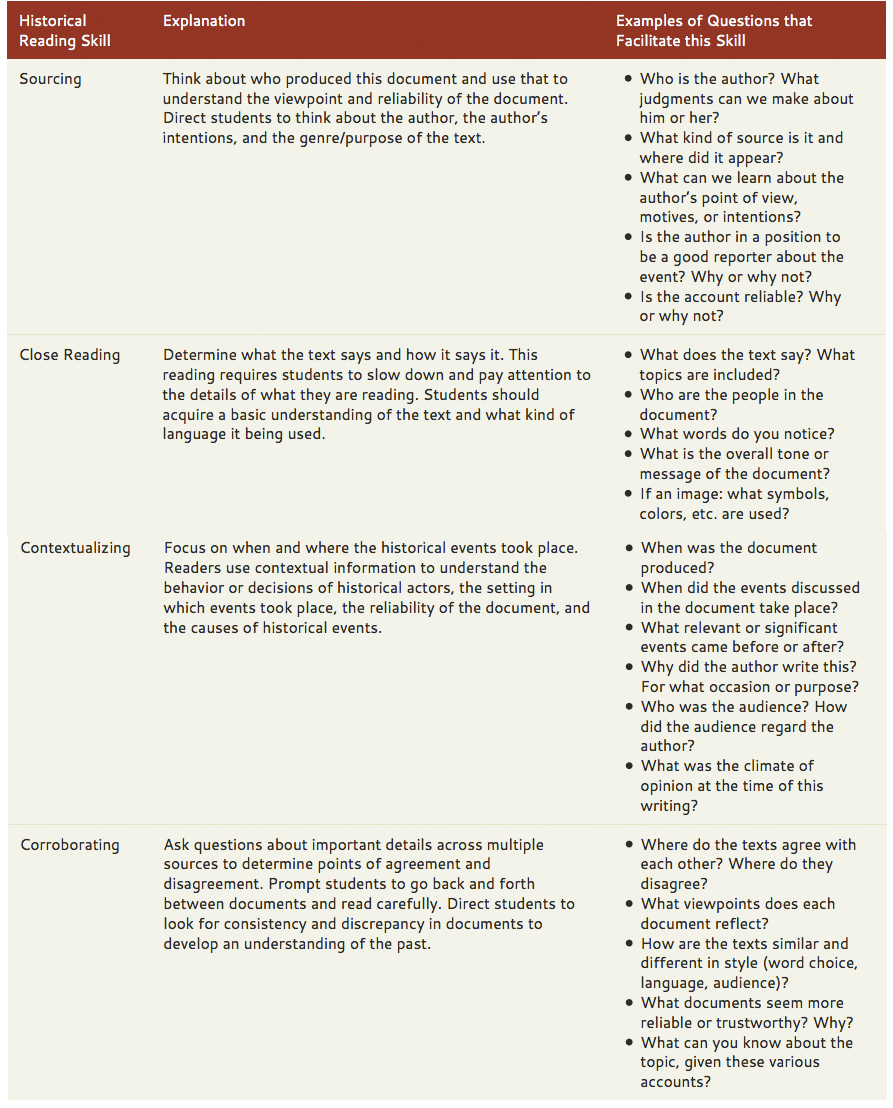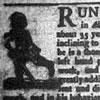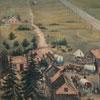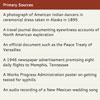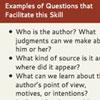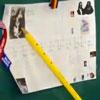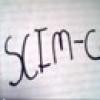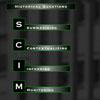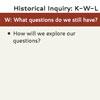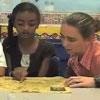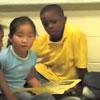All types of historical evidence need to be read carefully for bias, perspective, and point of view. Students often assume that a primary source contains the “true story” because the person who created it witnessed an event or was alive during a historical event.
However, all sources are shaped by the perspective and purpose of the author. Whether primary or secondary, students should question all sources, asking critical questions and not accepting accounts as unbiased, “true” accounts of the past. We use historical thinking skills – sourcing, close reading, contextualizing, and corroborating – to interrogate sources. This chart provides an overview of these skills, and what types of questions need to be asked of sources.
Reading historical documents requires students to use different skills than those they might use when simply reading a textbook for information. In reading primary sources, students need to interact with the text, ask questions, and consider the context in which the source was written. While the skills listed in this chart are frequently used simultaneously during reading, encouraging students to focus on each skill individually facilitates learning.


